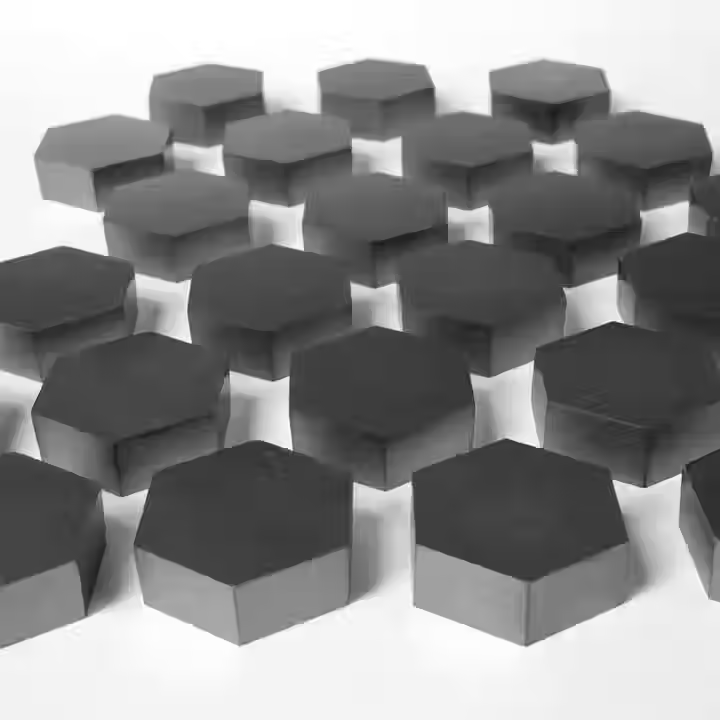Understanding NIJ Levels: A Detailed Guide to Bulletproof Plates Ratings
- sktacticalarmour
- May 3
- 3 min read
Updated: Jun 2
When it comes to personal ballistic protection, not all bulletproof plates offer the same level of security. The National Institute of Justice (NIJ), a research and development agency within the U.S. Department of Justice, establishes rigorous performance standards for body armor. These standards ensure that law enforcement officers, military personnel, and security professionals have reliable protection against ballistic threats.
In this article, we’ll break down the NIJ Standard-0101.06, the latest benchmark for ballistic resistance, and explain how different armor levels are classified, tested, and applied in real-world scenarios.

Why NIJ Standards Matter
Before purchasing or relying on body armor, it’s critical to understand its certification. The NIJ does not just assign arbitrary protection levels—each rating is backed by extensive ballistic testing, environmental conditioning, and durability assessments. Armor that meets NIJ standards undergoes:
- Ballistic Testing: Fired upon with specific ammunition at controlled velocities.
- Environmental Conditioning: Exposed to extreme temperatures, humidity, and mechanical wear to simulate real-world use.
- Backface Deformation (BFD) Testing: Measures how much the vest indents upon impact, as excessive deformation can cause injury even if the bullet is stopped.
Only vests that pass all these tests receive official NIJ Certification, ensuring they perform as expected in life-threatening situations.
NIJ Protection Levels (NIJ Standard-0101.06)
The NIJ classifies body armor into six main levels, each designed to stop different types of ammunition. These levels are:
1. NIJ Level IIA
- Stops: 9mm Full Metal Jacket Round Nose (FMJ RN) & .40 S&W FMJ
- Bullet Velocity: ~1,090 ft/s (9mm), ~1,165 ft/s (.40 S&W)
- Weight: Lightest option, ideal for concealment
- Best For: Low-risk environments where threats are limited to small-caliber handguns
Limitations: Not designed for high-velocity rounds or extended wear in high-threat situations.
2. NIJ Level II
- Stops: 9mm FMJ RN & .357 Magnum Jacketed Soft Point (JSP)
- Bullet Velocity: ~1,245 ft/s (9mm), ~1,430 ft/s (.357 Magnum)
- Weight: Slightly heavier than IIA but still concealable
- Best For: Police officers and security personnel facing common handgun threats
Limitations: May not stop more powerful magnum rounds at close range.
3. NIJ Level IIIA
- Stops: .44 Magnum, .357 SIG, and other high-velocity handgun rounds
- Bullet Velocity: Up to ~1,430 ft/s
- Weight: Heavier than II and IIA but still flexible for tactical use
- Best For: High-risk law enforcement, federal agents, and armed security
Key Advantage: Highest handgun protection without requiring rigid plates.
Rifle-Rated Armor (Hard Armor Plates Required)
Handgun threats are one thing, but rifle rounds require hard armor plates (typically ceramic, steel, or polyethylene). These levels are crucial for military and tactical teams.
4. NIJ Level III
- Stops: 7.62x51mm NATO (.308 Winchester), 5.56x45mm NATO (M193/M855)
- Bullet Velocity: ~2,780 ft/s (7.62mm)
- Weight: Heavier than soft armor (4-8 lbs per plate)
- Best For: Military, SWAT, and counter-sniper operations
Limitations: Does not stop armor-piercing (AP) rounds.
5. NIJ Level IV
- Stops: .30-06 M2 Armor-Piercing (AP) rounds
- Bullet Velocity: ~2,880 ft/s
- Weight: Heaviest option (6-10 lbs per plate)
- Best For: Special forces, EOD teams, and high-threat combat zones
Key Advantage: Only NIJ level that guarantees protection against armor-piercing rifle rounds.
Special Considerations When Choosing Body Armor
1. Threat Assessment
- Are you primarily facing handguns (IIA-IIIA) or rifles (III-IV)?
- Is armor-piercing ammunition a concern?
2. Weight vs. Mobility
- Soft armor (IIA-IIIA) is lighter and more flexible but stops only handguns.
- Hard armor (III-IV) stops rifles but is bulkier and heavier.
3. Certification & Compliance
- Always verify NIJ-certified armor (check the NIJ Compliant Products List).
- Beware of uncertified "tested" vests—they may not perform consistently.
4. Multi-Threat Solutions
Some modern armor systems combine:
- Soft armor for handgun protection.
- Hard plates (III/IV) for rifle threats.
Beyond NIJ: Additional Armor Standards
While NIJ is the gold standard in the U.S., other certifications exist:
- UK Home Office (HO) Standards – Used in Europe.
- VPAM (Germany) – Rates armor differently (e.g., VPAM 3-14).
- STANAG (NATO) – Military-grade ballistic protection.
Final Thoughts
Choosing the right body armor is a matter of life and death. Understanding NIJ levels ensures you select protection that matches your operational needs—whether you're a patrol officer, a tactical operator, or a private security professional.








Comments